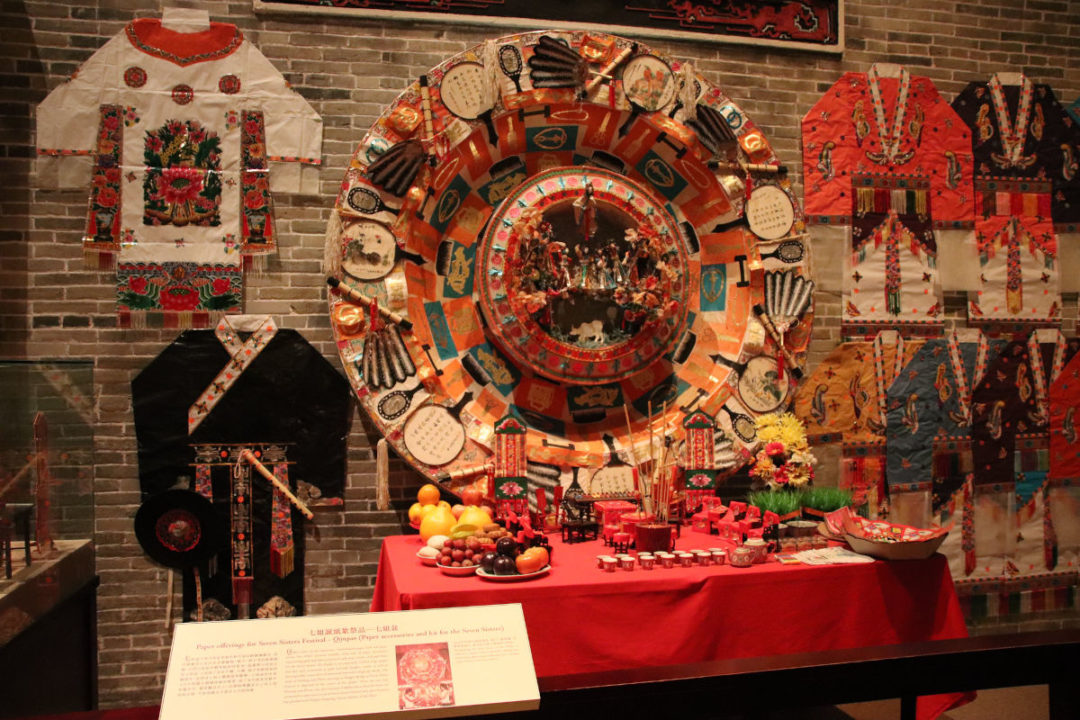One can always use an excuse to celebrate love. For those who missed out on Valentine’s Day, there’s something to rejoice in this summer: Qixi Festival (七夕 – qīxì in Mandarin or chat jik in Cantonese). Qixi Festival is the Chinese version of Valentine’s Day, when couples go on wholesome, romantic dates and singles pray to Zhinü, the goddess of weaving and Jade Emperor’s youngest daughter, for true love. Mark your calendars and get ready for a hearty day.
What is Qixi Festival?
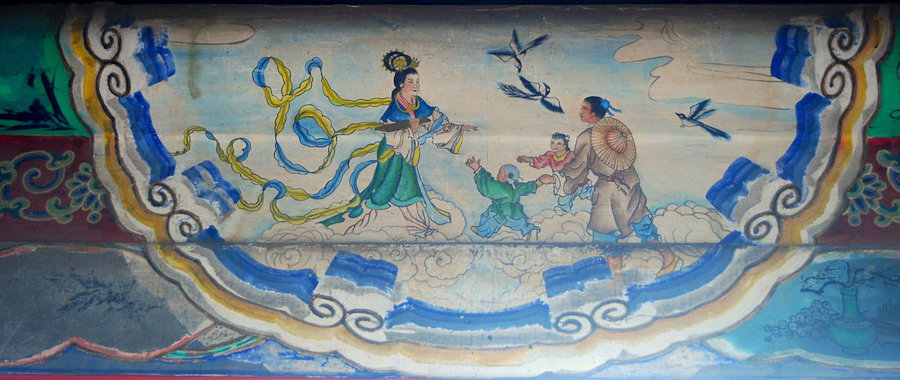
Qixi Festival is Chinese Valentine’s Day, falling on the seventh day of the seventh lunar month, which is August 22, 2023 on the international Gregorian calendar. Also known as the Double Seventh Festival and Seven Sisters Festival, Qixi celebrates none other than love. Couples get together on this special occasion to savour each other’s company and do cutesy things, like exchanging gifts, strolling hand-in-hand and sharing a sweet bite of a dessert, to say the least.
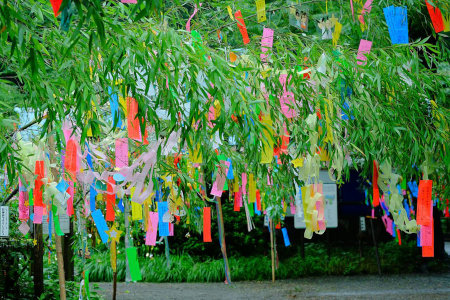
Much of the Qixi Festival traditions are no longer followed, but couples still honour this day with the same intent as how the festival was once celebrated.
The ideas and practices of Seven Sisters Festival have spread to other Asian countries, inspiring Tanabata or the Star Festival in Japan (July 7 every year) and the Chilseok festival or Korean Valentine’s Day in Korea (also observed on the seventh day of the seventh lunar month).
How did Qixi Festival start?
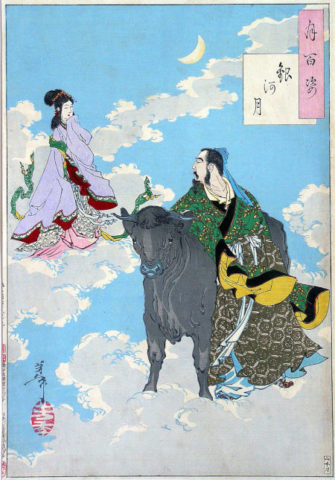
The origin of Qixi Festival sprouts from the tale of a romance between a divine weaver girl and a cowherd. This tale is based on the astronomical meeting of the Vega and Altair stars in the seventh lunar month, Vega representing Zhinü (織女), the seventh and youngest daughter of the Jade Emperor (the ruler of Heaven in Chinese mythology) and Altair representing Niulang (牛郎), a common cowherd. The story bears similar semblance to the tragic love story of Romeo and Juliet, but with a more sympathetic ending.
Dating back to the Han Dynasty, Niulang, the cowherd, crossed paths with Zhinü, the weaver girl. Zhinü was the daughter of a powerful goddess known as the Heavenly Queen Mother, whereas Niulang came from humble beginnings. When the two lovers met, they fell in love with each other, got married, and birthed two children.
However, this happily ever after got cut short when Zhinü’s mother discovered that her daughter married a mortal being. Her mother created a river, called the Milky Way, to divide the two, bringing Zhinü back to Heaven. A flock of magpies heard of the situation and decided to build a bridge for the lovers to reunite. Touched by the gesture, the Heavenly Queen Mother let the couple meet once a year, on the seventh day of the seventh lunar month. For more than 2,000 years on the night of Double Seventh Festival, Chinese people have looked up to the sky to see the lovers meet via the bridge represented by the Deneb star in a constellation dubbed the ‘Summer Triangle’.

How do you celebrate Chinese Valentine’s Day?
To wish someone a happy Qixi Festival, the greeting combines Qixi with Valentine’s Day (七夕情人節快樂 – qīxì qíngrén jié kuàilè in Mandarin, which literally translates to “Happy Qixi Valentine’s Day”). Celebrations still take place in China and Hong Kong, but more so in the former than latter.
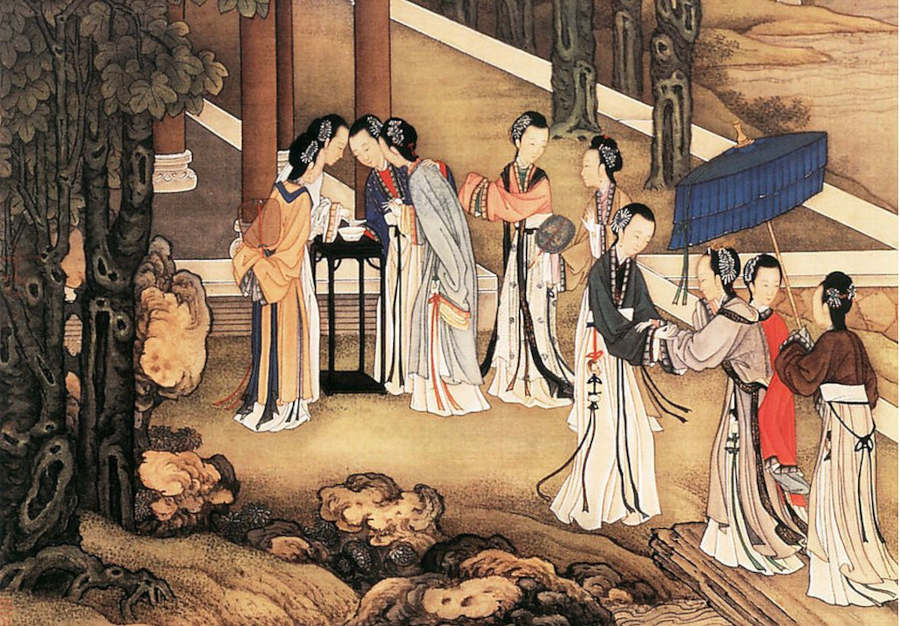
In China, women pay respect to the divine Zhinü by serving tea or wine and offering flowers and fruits while dressed in robe-like hanfu dresses. One of the main activities of the Double Seventh Festival celebration takes place in the evening, and features women weaving. Zhinü was a weaver after all, so this activity became a historical pastime. Some places would even make weaving into a competition on this day.
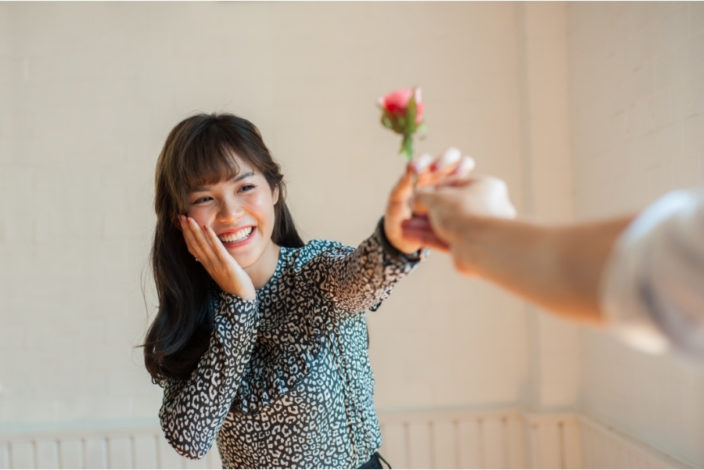
Single women pray to Zhinü and Niulang for their true counterpart. Those who are already coupled up would ask for healthy babies and a happy family. Qixi Festival traditions are less recognised in Hong Kong due to the progressively western nature of the city. However, couples still meet to enjoy an intimate rendezvous, whether it’s a nice dinner or movie night in.
What to eat during Qixi Festival
Alongside the Chinese Valentine’s Day traditions, certain foods are relished during Qixi Festival. Qiaoguo (巧果) or ‘skill fruit’, a simple pastry moulded into a flower, fruit, or animal design, is a popularised item to eat on this day. It’s a sweet fried thin pastry made of flour, sugar, and honey.
It is hoped that cherishing this delight will help find women find the right man and provide them with skilled hands to take care of housework and be a “proper wife” in a traditional sense. Legend has it that eating qiaoguo helped Zhinü and Niulang reunite on the bridge.
Dumplings stuffed with sweet condiments, like red dates and longans, would guarantee falling in love and having a long, prosperous marriage.
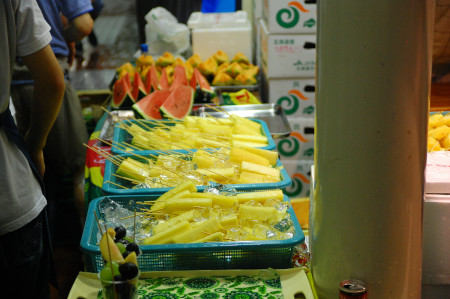
Also, five kinds of nuts – longans, hazelnuts, peanuts, melon seeds, and red dates – are eaten during worship to Zhinü to grant wishes.
Other dishes to eat during Seven Sisters Festival are fresh fruit carved into the shapes of flowers and animals, cloud noodles and sprout noodles to bring cleverness and craftsmanship, and chicken representing lovers that will never have to be separated.
FAQ about Chinese Valentine’s Day
What is the story behind Qixi Festival?
The Chinese tale behind Qixi Festival involves a divine weaver girl and a mortal cowherd falling in love only to be separated by the girl’s mother, who was the Heavenly Queen Mother. Eventually, the couple was allowed to reunite once a year on the seventh day of the seventh lunar month.
What traditional practices are done for Qixi Festival?
Traditional Chinese practices on Qixi Festival include worshipping Zhinü, the divine weaver girl, in hopes of garnering a partner or a healthy baby, and participating in needlework competitions.
What do couples do on Chinese Valentine’s Day?
Chinese Valentine’s Day or Qixi Festival has become more informal nowadays. Couples go on dates and give each other sentimental gifts. Activities widely range from a fancy dinner to a simple walk in the park, depending on the couple.
Other traditional Chinese festivals: Lunar New Year — Lunar New Year Fair — Birthday of Che Kung — Chinese Lantern Festival — Kwun Yum Treasury Opening Festival — Ching Ming Festival — Tin Hau Festival — Cheung Chau Bun Festival — Buddha’s Birthday — Birthday of Tam Kung — Dragon Boat Festival — Birthday of Kwan Tai — Qixi Festival — Hung Shing Festival — Hungry Ghost Festival — Mid-Autumn Festival — Monkey King Festival — Birthday of Confucius — Chung Yeung Festival — Winter Solstice Festival.
Header image credits: Gary Todd via Flickr


